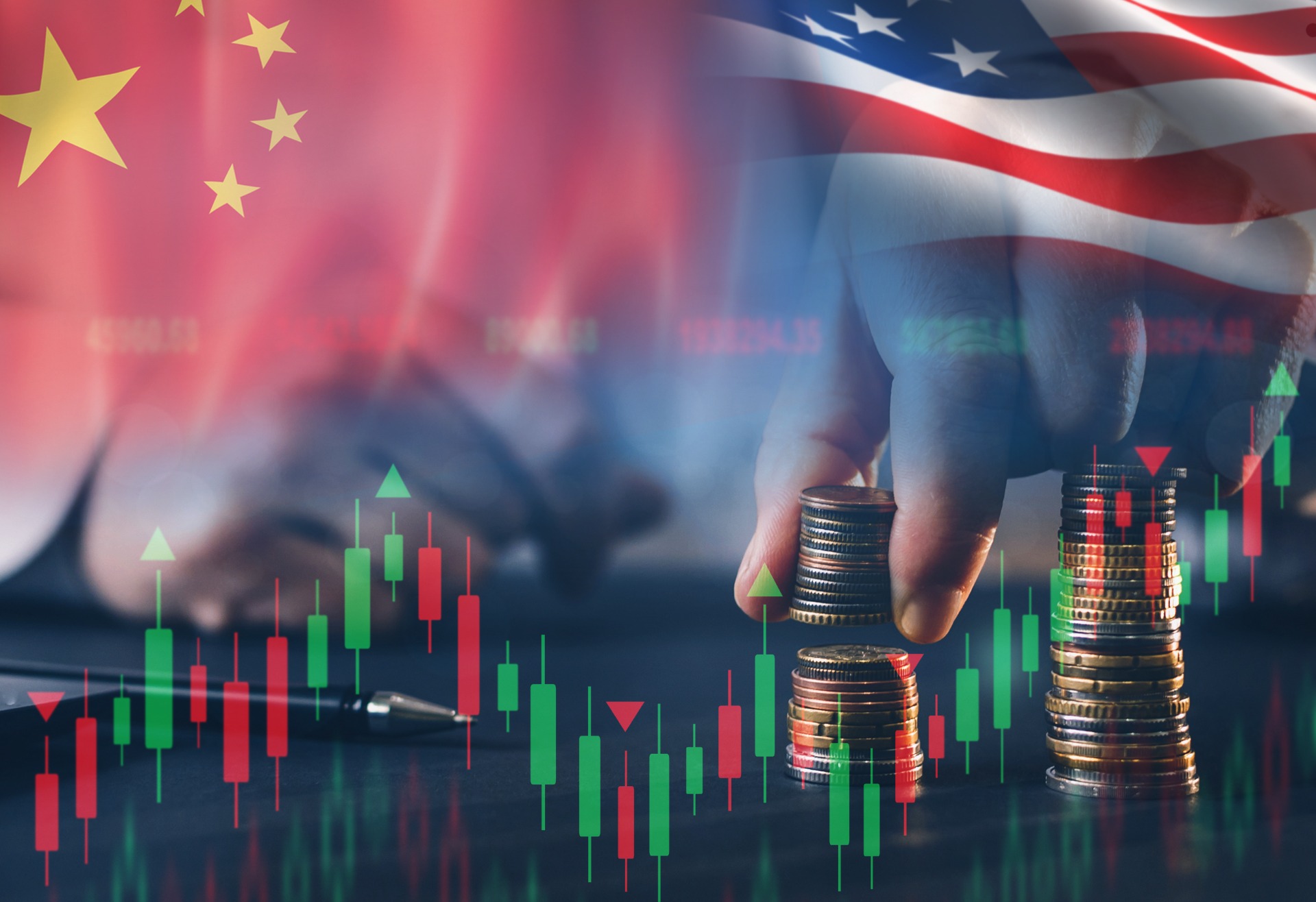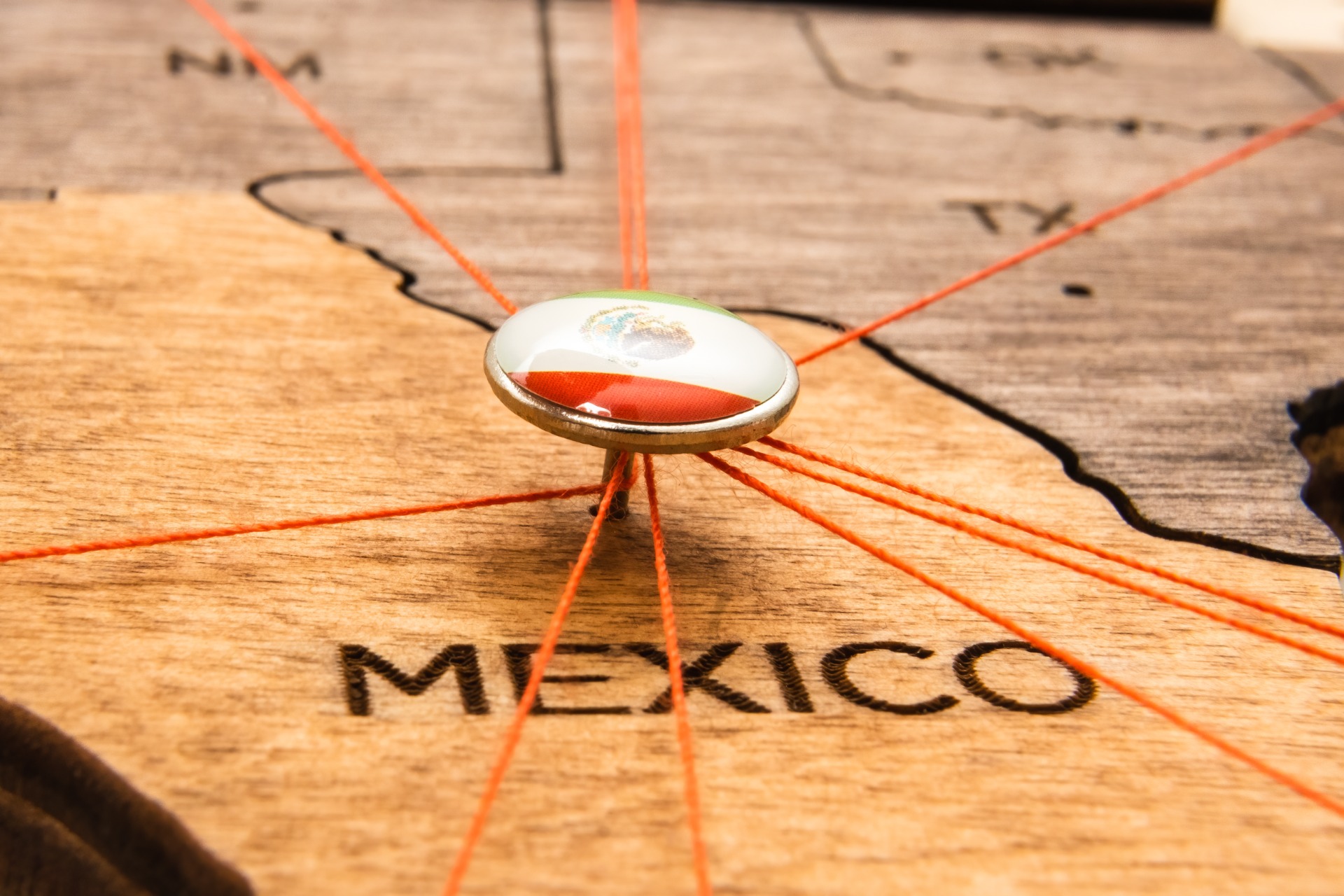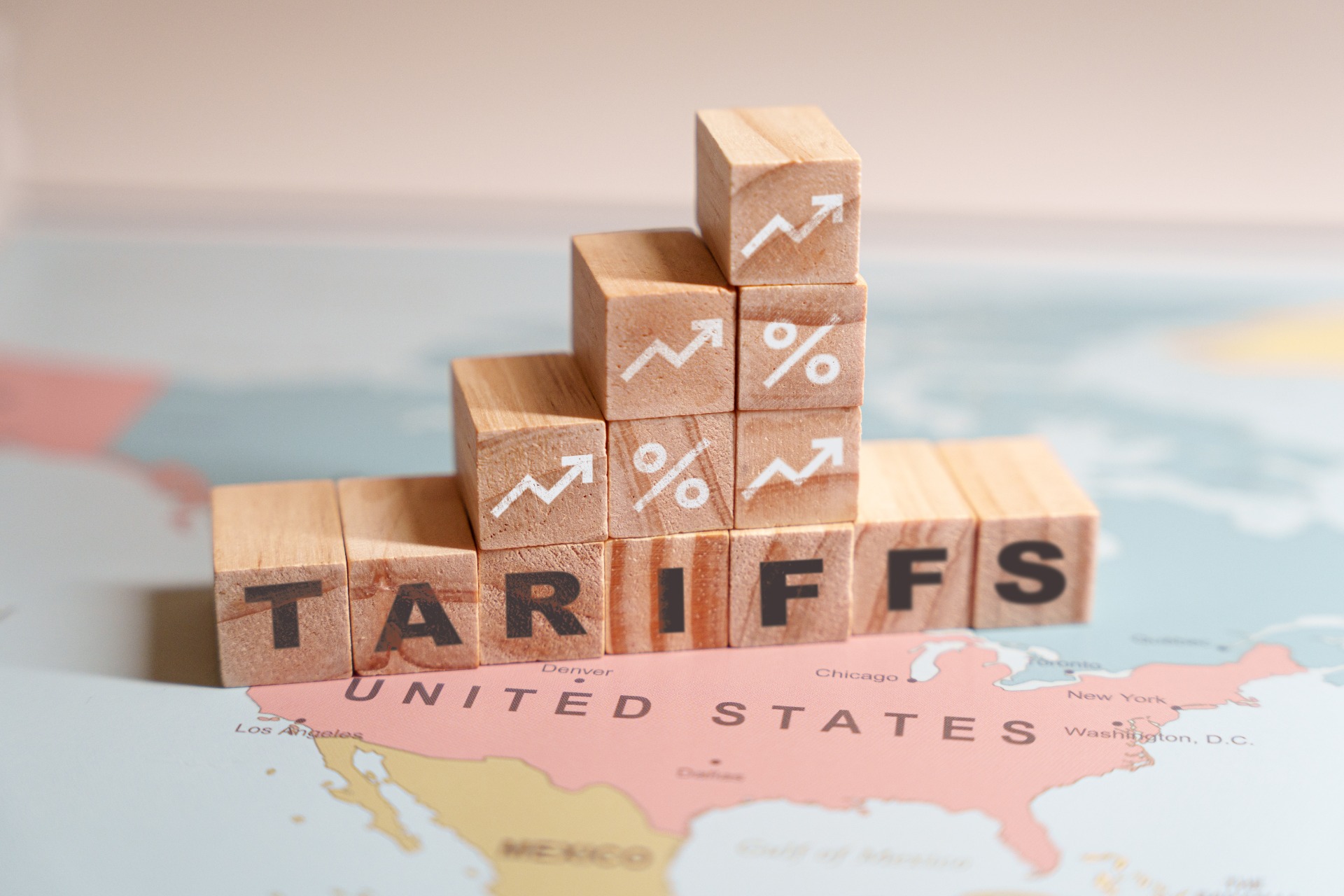
How Current US Tariffs on China Create Nearshoring Opportunities in Mexico
Considering that tariffs had reached up to 145% under the Trump administration in April 2025, the recent 90-day reduction deal between the U.S. and China brings some temporary relief. However, small businesses still struggle with high costs, leading U.S. companies to consider shifting suppliers or restructuring operations.
Nearshoring to Mexico is a profitable and strategic alternative for manufacturers looking to maintain cost efficiency and supply reliability. In this article, we will explore how relocating manufacturing closer to home mitigates tariff-related risks and opens new opportunities in Mexico for US companies seeking long-term growth and resilience.
What Are the Current US Tariffs on China?
In April 2025, the United States increased its trade actions against China by imposing up to 145% tariffs on a broad range of imported goods. Many American businesses that depend on Chinese components are experiencing immediate consequences:
- Electronics firms face increased costs for chips and devices.
- Auto manufacturers report delays in sourcing key parts.
- Consumer brands are adjusting pricing strategies to offset import expenses.
However, on May 14, 2025, China and the U.S. reached a temporary agreement in Geneva to reduce tariffs for 90 days. As part of the deal, U.S. tariffs on Chinese goods dropped from 145% to 30%, while China lowered duties on American imports from 125% to 10%.
What Are the Global Economic Risks?
The growing trade conflict over US tariffs on imports from China is causing serious concerns among global economists. As tariffs and countermeasures increase, some risks are becoming clearer:
- Operational disruptions across industries that depend on global supply chains.
- Rising production and consumer costs, particularly in sectors tied to imported components.
- Reduced global trade volumes, weakening cross-border investment, and growth.
- Companies faced unexpected losses when goods arrived at U.S. ports just before policy changes, some paying more in tariffs than the value of the products themselves.
How Much Are China Tariffs on US Goods?
In a direct response, China retaliates to Trump’s tariffs with counter-tariffs on U.S. goods, reaching up to 125% on multiple American exports. This reciprocal action has added more pressure to already-strained trade relations between the two nations.
To avoid the new rates, many Chinese exporters accelerated shipments. As a result, Chinese exports expanded by over 12% in March, just before the implementation of the US tariff on China’s effective date.
How Should Companies Respond to the US Tariff Increase on China?
This situation demands immediate action to explore alternatives that reduce risk and improve long-term efficiency. Under the pressure of the current U.S. tariffs on China and the advancing China retaliatory tariffs on the U.S., companies are realizing they must:
- Reevaluate global sourcing strategies to limit exposure to high-tariff regions.
- Balance cost and risk by adapting supply chains to current trade realities.
- Improve agility to respond to future policy shifts or market disruptions.
- Consider the relocation of manufacturing operations with nearshoring strategies.
How Can Nearshoring to Mexico Help Reduce Tariff Pressures?
With the U.S. increasing trade restrictions on Asian imports, many companies are rethinking their global supply chain strategies. Countries like South Korea, Malaysia, and Vietnam are strong in electronics manufacturing, but tariffs and long shipping routes make them riskier options.
Mexico, on the other hand, offers a stable, close, and cost-effective alternative, especially for companies serving the U.S. market. Below is a comparison of key nearshoring factors between Mexico and the top Asian countries:
1. Geographic Proximity & Logistics Costs
- Mexico: Shipping to the U.S. takes only 3–5 days by truck and costs 56% less than shipping from East Asia. Additionally, 90% of freight moves by land, which helps reduce delays, customs issues, and general logistics costs, according to the Roland Berger Report.
- Asian countries (Vietnam, Malaysia, South Korea): Ocean freight from South Korea takes 20–45 days, depending on cargo type, according to Dantful. Malaysia and Vietnam also depend on sea transport, which results in longer lead times, higher shipping costs, and greater supply chain complexity.
2. Tariff Exposure & Trade Risk
- Mexico: Mexico is part of the USMCA, which protects exports from U.S. tariffs and supports stable trade rules. It also offers programs like IMMEX, which allow companies to import materials and equipment temporarily without paying the 16% value-added tax, reducing costs for manufacturers focused on exports.
- Vietnam: This country faces higher exposure to U.S. tariffs. For example, 12% of Vietnam’s GDP comes from exports to the U.S., and a 46% tariff could put 5.5% of that at risk, according to ING. This impact is on hold during the 90-day pause, but the risk returns if no lasting deal is made.
- Malaysia and South Korea: Malaysia is also vulnerable due to its role in the semiconductor supply chain. South Korea may be less exposed in the short term, but chipmakers could be under pressure if tariffs expand.
3. Key Manufacturing Sectors
- Mexico: Mexico has strong capabilities in automotive, aerospace, electronics, and medical devices. Its manufacturing base is supported by technical education programs aligned with industry needs and decades of integration with U.S. supply chains.
- Asian countries (Vietnam, Malaysia, South Korea): These countries are strong in electronics and semiconductor production, especially in areas like circuit design and component assembly. However, rising U.S. tariffs put these sectors at risk, both directly and indirectly, due to their high export volumes.
4. Labor Costs & Workforce
- Mexico: Mexico offers lower labor costs than the U.S., while maintaining solid productivity and technical skills, especially in manufacturing. It also has a growing working-age population, expected to increase by 8% between 2022 and 2050, according to Roland Berger.
- Asian countries (South Korea, Malaysia, Vietnam): Labor is generally cheaper than in the U.S., especially in Vietnam. However, South Korea has higher wages due to specialization, and Malaysia’s costs are rising. Some of these countries also face long-term challenges like aging populations, which could affect workforce availability.
5. Industrial Infrastructure & Supply Chain Integration
- Mexico: Mexico has well-developed industrial cities with modern industrial parks, access to highways, ports, and rail, and strong cross-border infrastructure with the U.S. Decades of cooperation have built a reliable supply chain with local suppliers and logistics partners that support fast and flexible operations.
- Asian countries (South Korea, Malaysia, Vietnam): These countries have solid industrial capacity, especially for electronics. However, their distance from the U.S. makes supply chains slower and harder to manage during disruptions.
6. Regulatory Stability
- Mexico: Mexico offers a stable trade environment thanks to the USMCA, which gives legal certainty and clear rules for cross-border operations. This helps companies plan long-term and reduces the risk of unexpected changes in trade policy.
Asian countries (South Korea, Malaysia, Vietnam): These countries depend on bilateral or global trade agreements, which can change with political shifts. This creates more uncertainty for companies that depend on exports to the U.S.
What Is Required for a Successful Nearshoring Strategy in Mexico?
Relocating operations due to the US import tariff on China requires more than picking a new location. For manufacturers, SMB executives, and supply chain specialists, it demands a clear plan, regulatory support, and solid execution across site selection, legal compliance, supply chain integration, and cross-border logistics.
We at The Nearshore Company help U.S. businesses establish and expand manufacturing operations in Mexico across key sectors such as automotive, medical, aerospace, and industrial products. Our services include:
- Facility selection and setup: Site recommendations are based on operational needs, with full support to prepare infrastructure, utilities, and legitimate permits.
- Legal and compliance management: All local labor, environmental, and trade regulations are managed to facilitate safe and lawful operations.
- Shelter services and contract manufacturing: Legal presence and administrative burdens are reduced through shelter services, with contract manufacturing options specific to your product and industry.
- Integrated supply chain and 3PL coordination: Logistics, warehousing, and supplier integration are planned to keep operations agile, cost-effective, and reliable.
Reduce the Impact of US Tariffs on China with The Nearshore Company
The current U.S. tariffs on Chinese imports have created a challenging environment for American manufacturers. However, this situation also presents an opportunity to reevaluate and optimize supply chain strategies in response to the total tariffs on China.
Nearshoring is a proven strategy that helps companies reduce costs, get greater control over their operations, and respond faster to market changes. With over 30 years of experience, The Nearshore Company supports businesses in managing this transition safely and without operational disruption.
Let’s talk about how your company can nearshore to Mexico. At TNC, we are ready to guide you every step of the way.



